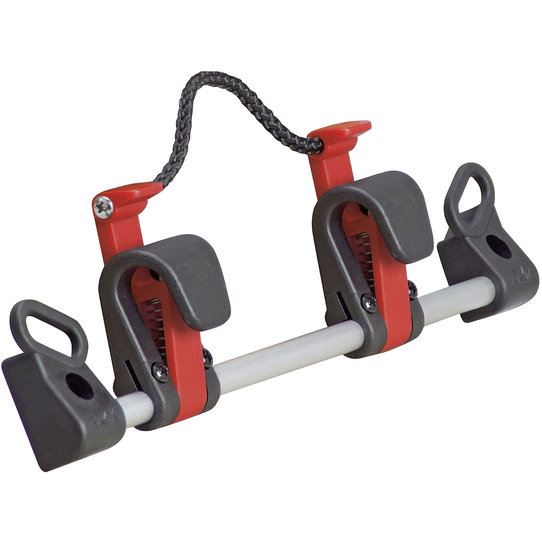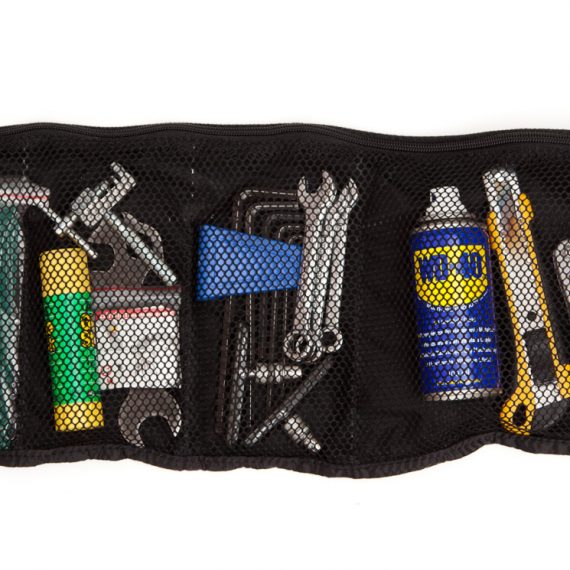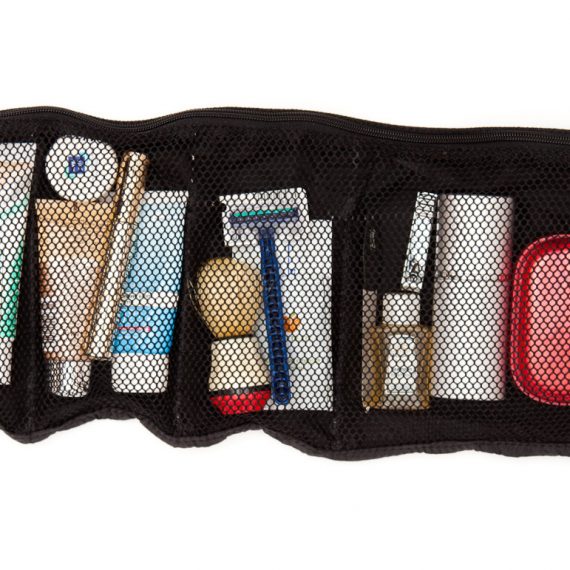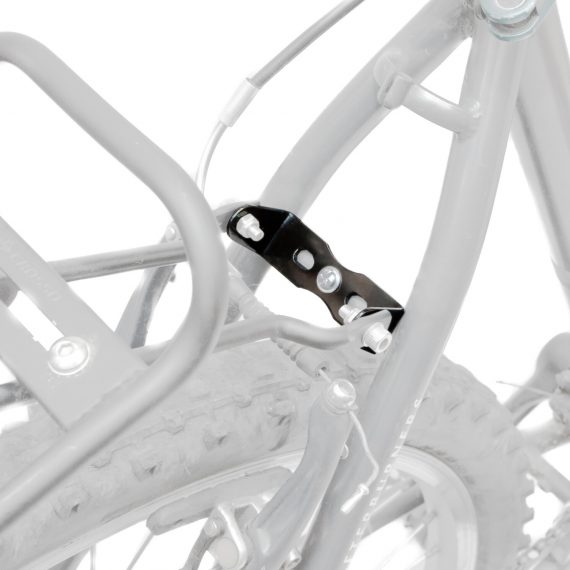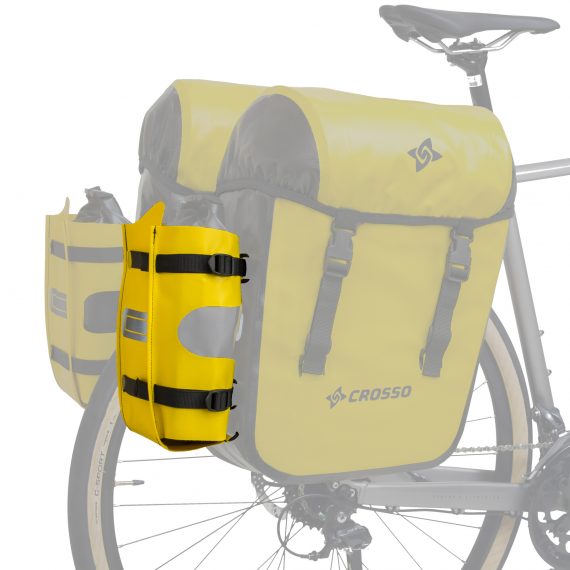

weekendu majowego!
Nasz sklep stacjonarny w Białymstoku będzie nieczynny w dniach 1-3 maja.
Wszystkie wysyłki produktów zamówionych on-line będziemy realizować w przyszłym tygodniu w dniach 29.04, 30.04 oraz 2.05.
Wszystkie zamówienia zrobione dziś (26.04) po południu i wieczorem zostaną wysłane w poniedziałek 29.04.


+
najnowszy System Rail
=


a my uszyjemy idealnie pasującą torbę






i szyjemy w całości


i szyjemy w całości


Nowości Crosso
Naciąg systemu nośnego Crosso – hak o szerokości 8mm
11,00 zł
Dodaj do koszyka
Dostępne. Wysyłka w 24h
Wyprzedaże
Darmowa wysyłka
od 500 zł
30 dni
na zwrot
Sprawdzone
w podróży
Wyprodukowane
w Polsce
Zapisz się na Newsletter i otrzymaj 5% zniżki na zakupy
Nie wysyłamy maili często – informujemy o nowościach, promocjach oraz wyprzedażach – obiecujemy ZERO SPAMU :)
@CrossoBags
Śledź nas na Instagramie




Jak tam plany na weekend majowy? Obstawiamy dobrą pogodę czy śnieg? 😆
Krzysztof twierdzi, że jest światełko w tunelu na wiosenny weekend!
Fot @k_r_z_y_s_z_t_o_f_ / @gravel.couple
#CrossoBags #framebags #Zipper #torbyrowerowe #bikepacking #bikepackinglife #bikepackingbags #bikepackinggear
1 dzień ago

Przed nami piękny weekend! Idealny na rower! Oznacz nas proszę w swojej relacji, abyśmy mogli udostępnić Twoje posty na stories!
#crossobags #weekendnarowerze #bicycleweekend
3 tygodnie ago

Nadchodząca niedziela ma przynieść kolejną szansę na piękny dzień na rowerze!
Macie już plany?
Rowery już przeserwisowane i gotowe do startu? ;-)
#Crosso #crossobags #bikepacking #tripswithcrosso #rowerowo #roweremprzezpolske #rowerlover #roweremnajlepiej #dlugiweekend #długiweekend #bicyclelife #bicyclelove #bicyclephotos
#gravel #gravelbike #gravelbikeworld
2 miesiące ago





Pamiętacie naszą włosko-hiszpańską parę znajomych, którzy jeżdżą na bardzo nietypowych, wysokich rowerach? Właśnie przesłali nam kilka zdjęć z drugiego etapu ich podróży między Gruzją a Pakistanem....
Oglądając ich zdjęcia, cały czas się zastanawiamy, co sobie myślą ludzie widząc takie "zjawy" na dwóch kółkach? I druga myśl, która nasuwa się tuż za pierwszą - ile średnio dziennie są w stanie przejechać km, bo pewnie co druga napotkana osoba próbuje ich zatrzymać na drodze, aby przyjrzeć się tym ich niecodziennym konstrukcjom!
Jorge i Beatrice do swoich Tallbikeów przyczepili nasze sakwy Dry 60, Dry Plus KST60, Dry Bagi oraz torbę Zipper Cosinus szytą na wymiar.
Fot. Beatrice Esposito
---
🇬🇧 Do you remember our Italian-Spanish couple of friends who ride very unusual, tallbikes? They have just sent us some new photos from the second stage of their journey between Georgia and Pakistan....
Looking at their photos, we keep wondering what people think when they see such "apparitions" on two wheels? And the second thought, which comes to mind right after the first one - how many kilometers on average they can drive per day, because probably every second person they meet tries to stop them on the road to look at their unusual constructions!
Jorge and Beatrice attached our Dry 60, & Dry Plus 60 panniers, Dry Bags as well as custom-made Zipper Cosinus bag to their Tallbikes.
Fot. Beatrice Esposito
#Crosso #CrossoBags #sakwyrowerowe #sakwy #panniers #bicyclepanniers #tallbike #tallbikes #bicycletouring #bicyclelife #bicycletravel #bicyclelifestyle #bicyclebuilding
2 miesiące ago

🟦🟦 Dziś kolejna nowość zaplanowana na ten rok - niebieski wraca do akcji! 🟦🟦
Poza czarnym ⚫️ i czerwonym kolorem 🔴, do których już Was przyzwyczailiśmy przy produkcji sakw, torebek i worków z Cordury dodajemy kolejny wariant w kolorze niebieskim.
Lata temu niebieskie sakwy z Cordury (choć robione w innej technologii niż dziś) już produkowaliśmy i ciekawi jesteśmy czy ktoś z Was jeszcze z takimi jeździ? Podzielicie się zdjęciami w komentarzach?
Pierwsze produkty w nowym, niebieskim kolorze są już dostępne w sklepie np. tutaj: https://crosso.pl/produkt/cosinus-torba-bikepackingowa-szyta-na-wymiar/ lub tutaj: https://crosso.pl/produkt/torba-bikepacking-na-wymiar-tangent/
Kolejne niebieskie warianty będą się sukcesywnie pojawiać w naszej ofercie w najbliższych tygodniach...
Miłego dnia dla wszystkich!
---
🟦🟦 Today, another novelty planned for this year - blue is back in action! 🟦🟦
In addition to the black ⚫️ and red 🔴 colors that we have already accustomed you to when producing Cordura panniers, handbags and bags, we are adding another blue variant.
Years ago, we already produced blue Cordura panniers (although made using a different technology than today) and we are curious if any of you still ride with them? Will you share your photos in the comments?
The first blue products are now available in the store, e.g. here: https://crossobags.com/product/zipper-cosinus-tailor-made-bag/ or here: https://crossobags.com/product/tailor-made-bikepacking-tangent-bag/
More blue products will gradually appear in our offer in the coming weeks...
Have a nice day everyone!
#blueisback #CrossoBags #bluelovers #blue #bluepanniers #bicyclepanniers #bicycletouring #niebieski #sakwyrowerowe #sakwycrosso #sakwy #bikepacking #bikepackingllife #bikepackinggear #cycling @cordurabrand #Cordura
3 miesiące ago

Pytacie, czy zdążymy z wysyłką przed Świętami!?
W tym tygodniu pracujemy do piątku i wysyłamy paczki zgodnie z harmonogramem, a termin wysyłki zależy od wybranego przewoźnika i tak:
✅ Zamówienia z dostawą InPostu (kurier i paczkomat) są wysłane tego samego dnia jeśli zostały złożone do godz. 10:30.
✅ Dla zamówień z dostawą kurierem GLS wysyłka odbywa się tego samego dnia jeśli zamówienie złożono do godz. 13:00.
✅ Zamówienia z wysyłką do paczkomatów InPost złożone pomiędzy 10:30 w czwartek 21 grudnia, a 10:30 w piątek 22 grudnia zostaną wysłane w usłudze "Paczka w weekend", dzięki czemu odbierzesz swoje zamówienie z wybranego paczkomatu w sobotę 23 grudnia bez ponoszenia dodatkowych opłat. Radzimy jednak nie czekać do piątku 🙂
#christmas #giftideas #pomyslnaprezent #pomysłnaprezent #christmasgiftideas #christmasgifts #prezentyświąteczne #sakwyrowerowe #crossobags #crossopanniers #sakwycrosso #crosso
4 miesiące ago




